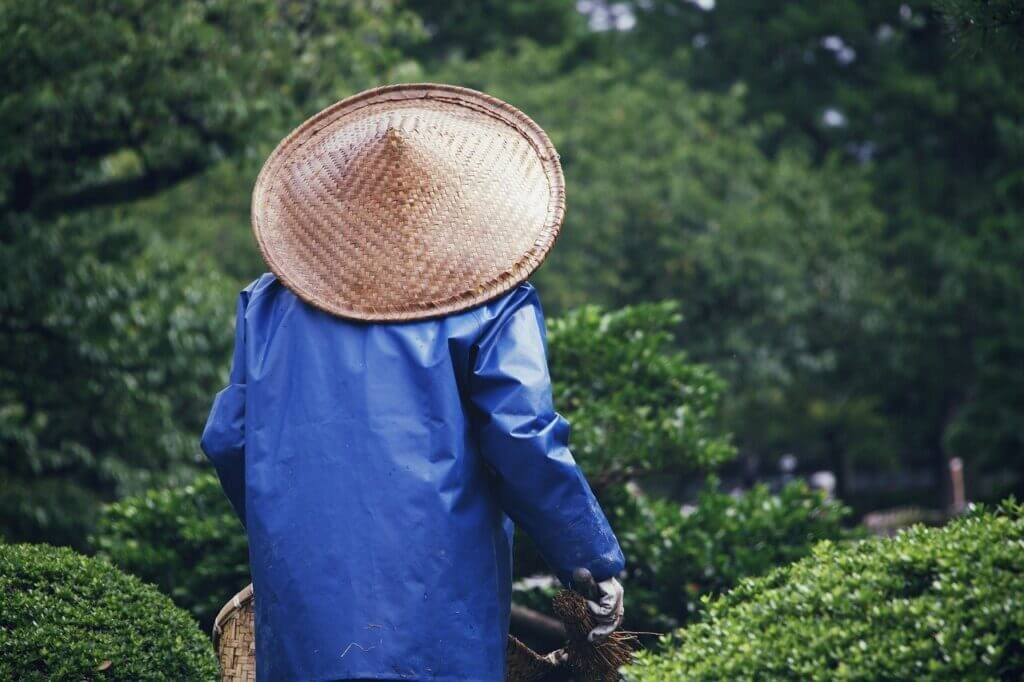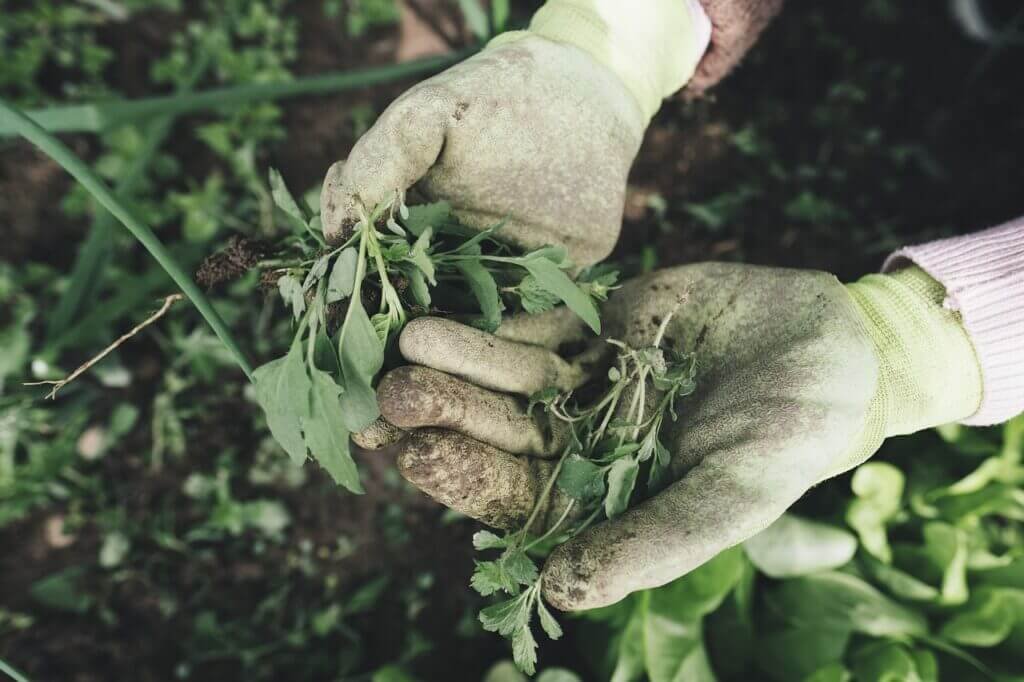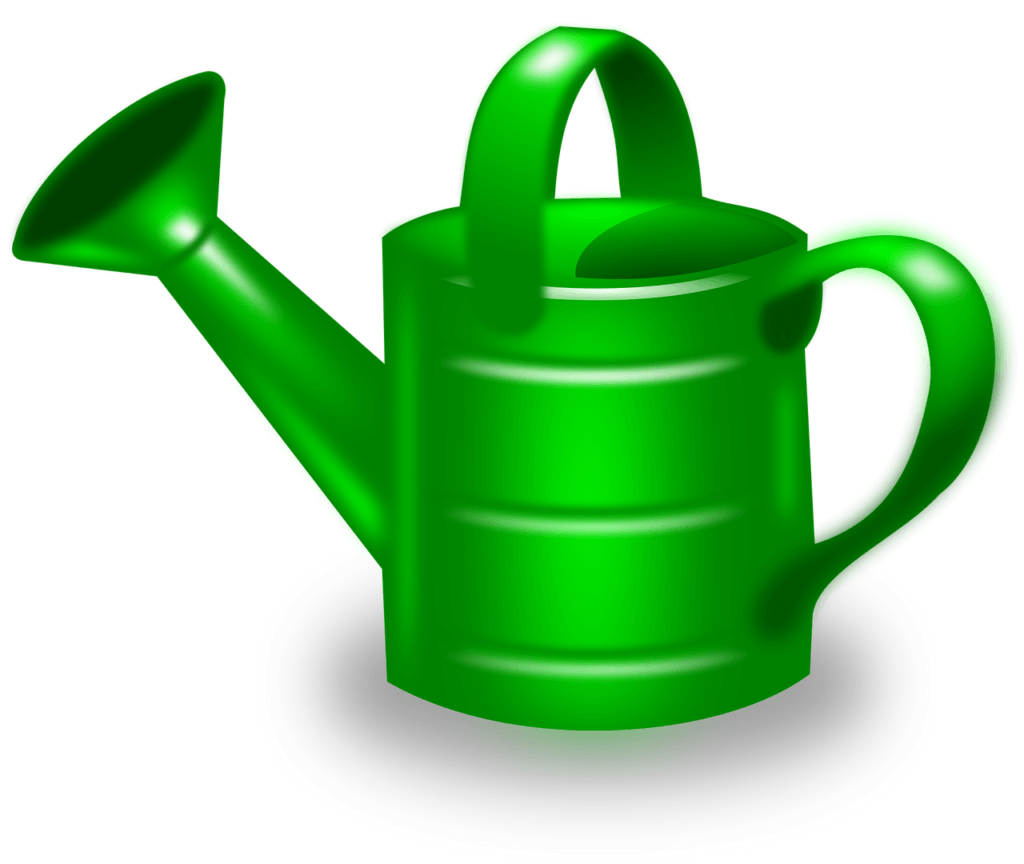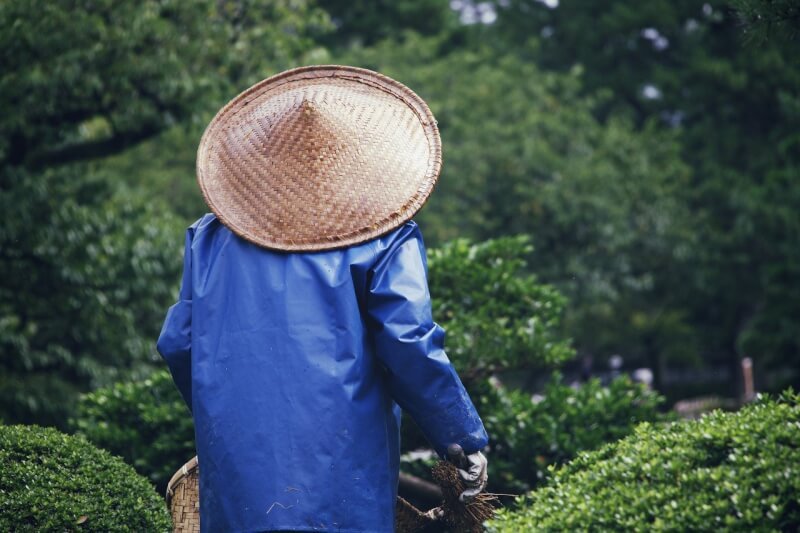Imagine transforming your small city balcony into a vibrant oasis bursting with colorful blooming flowers and lush green plants. The key to creating a successful city garden lies in choosing the right containers to house your plants. With an abundance of options available, it can be overwhelming to determine which containers are best suited for your gardening needs. From material selection to size considerations, this article explores the essential factors to consider when choosing the perfect containers for your city garden, ensuring that your plants thrive in their urban setting.

Size and Space Considerations
Assessing available space
When choosing the right containers for your city garden, it’s crucial to assess the available space you have. Consider the dimensions of your outdoor area, including the length, width, and any height restrictions. By understanding the space you have to work with, you can select containers that fit comfortably without overpowering the area or causing any obstruction.
Determining container size
Once you have assessed the available space, you need to determine the appropriate container size. Consider the size of the plants you intend to grow and their root system. Larger plants may require deeper and wider containers to accommodate their root growth. On the other hand, smaller plants may thrive in more compact containers. It’s also important to consider the scale of the containers in relation to your garden space, ensuring they complement the overall aesthetic.
Considering weight and portability
Another factor to consider when selecting containers is their weight and portability. In a city garden, there may be limitations on the weight that can be supported, especially on balconies or rooftops. If you anticipate needing to move or rearrange your containers frequently, it’s wise to choose lightweight options made of materials like plastic or fabric. However, if you have a stable location and don’t plan on moving the containers often, heavier materials such as wood or concrete may be suitable for their durability and aesthetic appeal.
Material Options
Terracotta
Terracotta containers are a popular choice for city gardens due to their natural and timeless appeal. These containers offer good breathability for plants, allowing air and moisture to pass through the porous material and promote healthy root growth. However, they can be prone to cracking in freezing temperatures and are heavier compared to other alternatives.
Plastic
Plastic containers are widely available and offer numerous benefits for city gardeners. They are lightweight, easy to move, and come in a variety of colors and sizes. Plastic containers also retain moisture well, reducing the frequency of watering. However, they may not be as visually appealing as other materials and can degrade over time due to exposure to sunlight.
Wood
Wooden containers bring a rustic and natural charm to city gardens. They are available in various types, such as cedar, redwood, and teak, each offering different levels of durability and resistance to rot. Wood containers are generally lightweight and can be painted or stained to match your garden theme. However, they may require periodic maintenance, such as sealing or re-staining, to prolong their lifespan.
Metal
Metal containers, such as those made of aluminum or steel, add a contemporary and sleek look to city gardens. They are durable, weather-resistant, and often lightweight. Metal containers can retain heat, which can be advantageous for plants that prefer warmer soil temperatures. However, they may heat up excessively under direct sunlight, potentially damaging the plant’s roots.
Concrete
Concrete containers provide a sturdy and long-lasting option for city gardens. They can withstand extreme weather conditions, including freeze-thaw cycles, without cracking or deteriorating. Concrete containers also have excellent insulation properties, keeping the soil temperature more stable. However, they are heavy and may not be suitable for balconies or rooftops with weight restrictions.
Ceramic
Ceramic containers offer a wide range of colors, patterns, and textures, making them a versatile choice for adding visual interest to your city garden. They are generally sturdy, heavy, and resistant to weather conditions. However, keep in mind that ceramic containers can be fragile and prone to breakage if not handled with care.
Fabric
Fabric containers, also known as grow bags or smart pots, are lightweight and portable options for city gardens. They offer excellent drainage and air circulation, promoting healthy root growth. Fabric containers are also reusable and foldable for easy storage when not in use. However, they may require more frequent watering as they tend to dry out faster than other materials.

Drainage and Watering
Importance of drainage
Good drainage is crucial for the health of your plants. Without proper drainage, excess water can accumulate in the container, leading to root rot and other water-related issues. When choosing containers for your city garden, ensure they have drainage holes or the ability to create them. Additionally, consider placing saucers or trays underneath the containers to catch any excess water and prevent it from pooling on your balcony or patio.
Types of drainage holes
Some containers come with pre-drilled drainage holes, while others may require you to create them yourself. If you need to make your own drainage holes, ensure you use a drill bit suitable for the container material. Different materials may require different approaches, such as using a masonry bit for concrete containers or a sharp knife for plastic containers. It’s important to create enough drainage holes to allow water to exit freely but not so many that the soil dries out too quickly.
Watering needs
Each plant has unique watering requirements, so it’s essential to understand the needs of the plants you intend to grow. Consider factors such as the plant’s native habitat, its size, and the container material. For example, plants in terracotta containers may need more frequent watering due to their porous nature, while plants in plastic containers may require less frequent watering due to their ability to retain moisture. Regularly check the moisture level of the soil by sticking your finger into the soil up to the first knuckle. If it feels dry, it’s time to water.
Self-watering containers
If you’re concerned about maintaining a consistent watering schedule or are frequently away from your city garden, self-watering containers can be a convenient option. These containers have a reservoir that holds water and gradually releases it to the plant’s roots as needed. They typically come with an indicator to show the water level, making it easy to monitor and refill when necessary. Self-watering containers can help prevent both underwatering and overwatering, promoting healthier plant growth.
Climate and Weather
Considering temperature fluctuations
City gardens can experience significant temperature fluctuations due to surrounding buildings and pavement. It’s important to choose containers that can withstand these fluctuations without compromising the health of your plants. Materials like concrete, metal, and ceramic are more resilient to temperature variations, helping to insulate the plant’s roots in extreme heat or cold.
UV resistance
If your city garden receives direct sunlight for a significant portion of the day, it’s important to choose containers that are UV resistant. Materials like plastic and metal are less likely to fade or deteriorate under prolonged exposure to the sun’s rays. On the other hand, terracotta and ceramic containers may be more prone to color fading or developing cracks in intense sunlight.
Freeze-thaw cycles
In regions with cold winters, freeze-thaw cycles can be challenging for containers. Materials like plastic and metal tend to fare better as they expand and contract without significant damage. Concrete and ceramic containers are also suitable for freeze-thaw cycles as they are less likely to crack. However, terracotta containers can be susceptible to damage in freezing temperatures, so it’s essential to provide insulation or bring them indoors during the coldest months.
Wind resistance
City gardens are often exposed to strong winds, especially on balconies or rooftops. When choosing containers, consider their stability and wind resistance. Heavy materials like concrete and wood are less likely to tip over in strong gusts. Ensure the containers have a wide and sturdy base or consider using stakes to secure them. For lighter materials like plastic or fabric, placing them in sheltered areas or using windbreaks can help protect them from being blown over.

Aesthetics and Style
Matching containers to garden theme
Container selection is an opportunity to enhance the overall aesthetic and style of your city garden. Consider the theme or mood you want to create, whether it’s modern, rustic, tropical, or minimalist. Select containers that complement your chosen style, whether it’s through their shape, color, or material. Cohesion within the garden’s design can create a visually appealing and harmonious space.
Color and texture options
Container color and texture can significantly impact the visual appeal of your city garden. Choose colors that harmonize with your plant palette and the surrounding environment. Neutral tones like white, gray, or black can provide a sleek and contemporary look, while vibrant colors like red, blue, or yellow can add a pop of personality. Textured containers, such as those with patterns or embossed designs, can add depth and interest to your garden.
Selecting ornamental containers
In addition to practicality, containers can serve as decorative elements in a city garden. Opt for containers with ornamental details, such as intricate carvings or unique shapes, to create focal points or artistic accents. Consider the type of plants you will be growing and select containers that complement their form and foliage. By incorporating ornamental containers, you can elevate the visual impact of your garden and showcase your personal style.
Mixing different container materials
Don’t be afraid to mix and match different container materials in your city garden. Combining various textures and finishes can add dimension and visual interest to your outdoor space. Experiment with contrasting materials, such as pairing metallic containers with wooden ones, to create a dynamic and eclectic look. Just ensure that the different materials harmonize with your chosen aesthetic and do not clash with one another.
Plant Compatibility
Choosing appropriate container depths
The depth of the container plays a crucial role in the successful growth of your plants. Different plants require varying root depths to thrive. Shallow-rooted plants like herbs or lettuce will do well in containers with a depth of around 6-8 inches. On the other hand, plants with deeper root systems, such as tomatoes or peppers, may require containers with depths of 12 inches or more. Research the specific needs of your plants and select containers accordingly.
Understanding root systems
When choosing containers, it’s essential to consider the root systems of the plants you intend to grow. Some plants have spreading or invasive root systems that may require more space. In such cases, larger containers with wider openings can accommodate the root growth. Additionally, certain plants may benefit from containers with air pruning capabilities, which encourage healthier root development by preventing circling roots.
Grouping compatible plants
City gardens often have limited space, making it important to maximize the use of each container. Grouping compatible plants together in the same container can be an effective way to optimize space and create visually appealing arrangements. Consider plants with similar water and sunlight requirements, as well as those that have complementary growth habits or colors. Avoid pairing plants with conflicting needs, as one plant may outcompete or hinder the growth of the others.
Considering growth patterns
Different plants have varying growth patterns, ranging from compact and upright to trailing or spreading. When selecting containers, it’s important to consider the growth habits of your plants. Compact and upright plants may do well in narrower containers, whereas trailing or spreading plants may require wider containers or hanging baskets to allow for their natural growth. By choosing containers that accommodate the growth patterns of your plants, you can ensure they have enough space to thrive.
Budget Considerations
Determining budget
Your budget is an important consideration when choosing containers for your city garden. Determine the maximum amount you are willing to spend on containers, taking into account the number of plants you aim to grow and the size of your garden. Keep in mind that the cost of containers can vary greatly depending on the materials, size, and decorative elements.
Balancing cost and quality
While it’s tempting to solely focus on price, it’s important to strike a balance between cost and quality when selecting containers. Cheaper options may be more affordable upfront but may lack the durability and longevity that higher-quality containers offer. Investing in containers made from durable materials can save you money in the long run, as they are less likely to need frequent replacements or repairs.
Longevity and durability
Consider the longevity and durability of the containers you choose. While certain materials may be more expensive initially, they can withstand the test of time and harsh weather conditions, offering a better return on investment. Containers made of materials like concrete or metal are known for their durability and ability to withstand various environmental factors. Assess the expected lifespan of the containers and compare it with your long-term gardening goals to make an informed decision.
Maintenance and Upkeep
Ease of cleaning
Regular cleaning and maintenance are essential to keep your containers looking their best. When choosing containers, consider their ease of cleaning. Smooth and non-porous materials like plastic or metal are generally easier to clean, requiring only a quick wipe down or hose off. On the other hand, containers with intricate designs or porous materials like terracotta may require more effort and specialized cleaning tools to remove dirt or grime.
Repairs and replacements
Over time, containers may require repairs or replacements due to wear and tear. Consider the availability of replacement parts or the feasibility of repairing different container materials. For example, plastic or metal containers often have replacement parts readily available, such as handles or drainage plugs. Containers made of wood or concrete may require more extensive repairs but can often be easily patched or reinforced.
Seasonal storage
In city gardens, space may be limited, particularly during the winter or when certain plants are not in season. When choosing containers, consider their ease of storage during these periods. Lightweight containers like plastic or fabric can be easily stacked or folded for compact storage. On the other hand, larger or heavier containers may require more careful consideration for storage, such as relocating them to a designated area or covering them to protect against harsh weather conditions.
Environmental Impact
Sustainable material options
As a conscious city gardener, consider the environmental impact of the containers you choose. Opt for containers made from sustainable materials, such as recycled plastic or reclaimed wood. These options help reduce waste and minimize the extraction of natural resources. Additionally, look for containers certified as sustainable by organizations like the Forest Stewardship Council (FSC) or those made from biodegradable materials like coconut coir or bamboo fiber.
Recyclability
Containers that can be recycled at the end of their lifespan are a sustainable choice. Look for containers made from recyclable materials like plastic or metal. Additionally, consider the packaging of the containers to ensure it is minimal and recyclable as well. By choosing recyclable containers and disposing of them properly, you can contribute to reducing the environmental impact of your city garden.
Carbon footprint
Consider the carbon footprint associated with the production and transportation of different container materials. Locally sourced containers or those made from materials available in your region often have a lower carbon footprint compared to containers imported from distant locations. Additionally, selecting lightweight containers can reduce the energy required for transportation or moving them within your city garden.
Accessibility and Safety
Choosing containers suitable for all abilities
When selecting containers for your city garden, take into account accessibility for all individuals. Choose containers that are easy to reach and use, particularly for individuals with physical limitations or disabilities. Opt for containers with lower heights or consider using raised beds or tables to accommodate wheelchair accessibility. Ensure that individuals of all abilities can enjoy and navigate your city garden comfortably.
Avoiding sharp edges or hazardous materials
Safety is paramount when choosing containers for your city garden. Avoid containers with sharp edges or protruding parts that may pose a risk of injury, especially if you have children or pets. Be mindful of container materials that may contain toxic components, such as lead-based glazes or treated wood. Select containers that are safe for both your plants and the individuals who interact with your garden.
Considering child and pet-friendly options
If you have children or pets in your household or frequent visitors to your city garden, it’s important to consider their safety. Sturdy containers that cannot be easily knocked over or climbed on by curious children or playful pets are recommended. Avoid containers with toxic plants or those that may attract certain pests or pose a risk if ingested. Choose child and pet-friendly plants and ensure containers are securely placed to prevent accidents.
Choosing the right containers for your city garden requires careful consideration of various factors ranging from size and material options to drainage and watering needs. Assessing available space, determining container size, and considering weight and portability are essential in finding the perfect containers that fit your garden and meet your needs. Additionally, analyzing the climate and weather conditions, understanding plant compatibility, and balancing budget considerations are crucial in nurturing healthy plants and ensuring the longevity of your containers. By taking into account aesthetics and style, maintenance and upkeep requirements, as well as environmental impact and accessibility, you can create a thriving and visually appealing city garden that brings joy and tranquility to both yourself and those who enjoy it.


